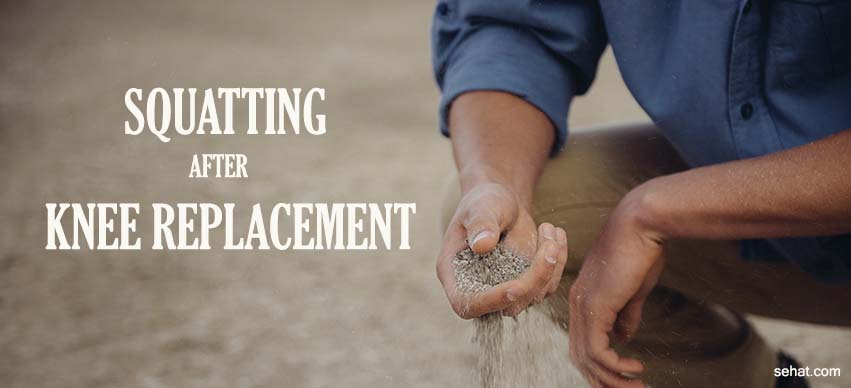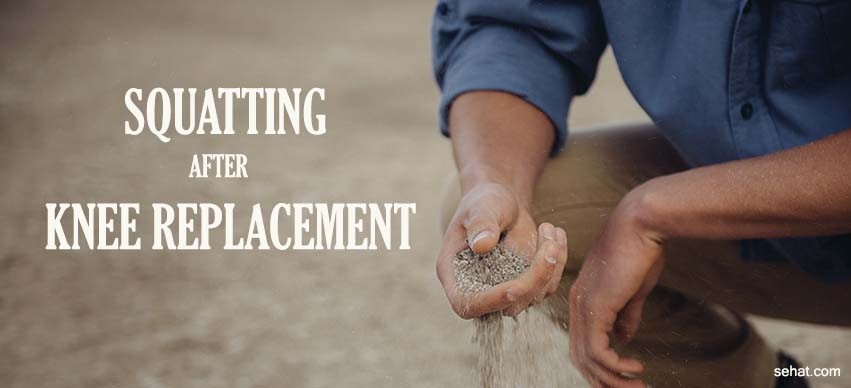Nanoparticle Therapy – An Emerging Cancer Treatment
5 Min Read


In some countries, like India and Middle East, people squat or kneel for various activities. Whether due to lack of seating arrangements, or for washing purposes or for performing manual labor like working in the fields or for offering prayers, people are quite used to squatting, in some cases, doing it as part of their daily activities. However, given the growing health consciousness of people, doing squats has now become an exercise with a lot of health benefits.
Squatting helps strengthen your knees and being the largest joint in your body, the knees need to be strong enough to carry your body weight. Though it has been said that squatting is bad for the knees, this has proven to be false. In fact, if squatting is done properly, it has a number of advantages. It has been found that the force applied on the knees while squatting decreases the risk of knee arthritis. Apart from this, squatting helps improve your posture while strengthening your back, calf, hip and ankle muscles.
Knee replacement surgery involves replacing the damaged surface of the knee so as to relieve the person from pain and disability. In a knee replacement surgery, the surgeon removes the injured cartilage and bone from the surface of the knee and this is replaced with metal and plastic cushion. This surgery has been found to be largely successful and after the surgery, most people are capable of once again taking up all their routine activities like standing, sitting, walking, without any hassle. After some time, strenuous activities like cycling, swimming can also be carried out.
When it comes to squatting, however, a few issues may arise. After knee replacement surgery, you must ensure that you do not over-strain your knees. You can bend your knees about 100 to 125 degrees, with most current implant models. Thus activities like walking, climbing stairs, getting in and out of vehicles, sitting and rising from chairs are all possible with these implants.
When it comes to squatting or even kneeling, after having knee replacement surgery done, this may not be possible with these implant models. You will need to get a high flexion knee joint implanted. According to Dr. A.Mohan Krishna, orthopedic surgeon from Hyderabad, not all patients are suitable candidates for implanting a high flexion prosthetic joint. There are certain criteria for selection of patients for this procedure.
However, there are a few doubts that surround the notion of whether increasing flexion may have adverse effects on the implant like early loosening. This is still being researched.
When it comes to knee surgery, the rate of recovery for each individual will differ. In most cases, people use walking aids for about 3 to 4 weeks and are almost fully recovered within 10 to 12 weeks. In some cases, it has been found that after total knee replacement, people had found it hard to squat. However, though squatting is an integral part of our life, people have begun to modify their activities to accommodate this change.
Therefore squatting is not essential to the patient’s lifestyle anymore, but this exercise requires optimum strength and balance and is a main component in many everyday activities. Hence, research should look at squatting as an important tool to help people restore their balance and strength.